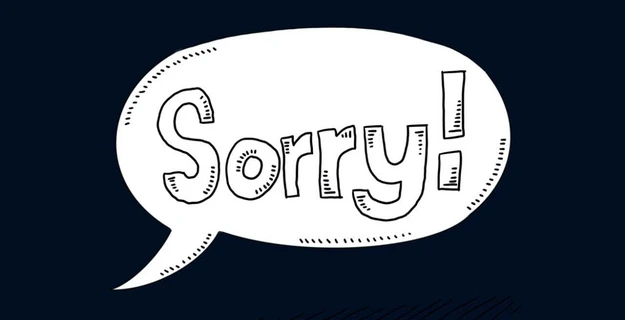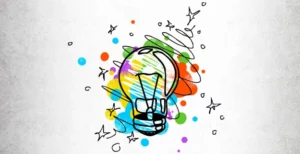Apologizing is an important skill, but it’s more than just saying “I’m sorry.” This activity helps your family delve into the deeper aspects of apologies, encouraging understanding, empathy, and personal growth.
Materials Needed: Paper, pens or markers
Steps:
- Introduction: Gather your family members and explain that you’re going to explore what makes an apology meaningful and sincere.
- Discuss: Start with a discussion on why apologies matter. Share your thoughts on how saying sorry is more than just a phrase – it’s about understanding and making things right.
- Examples: Give examples of situations where apologies are needed. It could be scenarios from daily life, such as accidentally breaking a sibling’s toy or forgetting to do a chore.
- Role-Play: Assign different roles to family members, including the apologizer and the one receiving the apology. You can also include a mediator to facilitate the role-play.
- Role-Play Scenarios: Have each pair act out a situation that requires an apology. Encourage them to go beyond just saying sorry. Let them explore facial expressions, body language, and the words they use to convey sincerity.
- Reflection and Discussion: After each role-play, gather the family and discuss what made the apology sincere. Ask questions like:
-
- What did the apologizer do to show that you really feel bad?
-
- How did the person receiving the apology react?
-
- What words or actions made the apology meaningful.
- 7. Share and Learn: Have everyone share their insights. Discuss common themes that emerged from the writing activity. This is an opportunity for family members to learn from each other’s perspectives.
-
Benefits:
-
- This activity encourages family members to think about apologies more deeply and consider the emotions involved.
-
- Role-playing allows everyone to experience both sides – the one apologizing and the one receiving the apology.
-
- The writing activity promotes individual reflection and sharing of personal insights.
-
- Discussing how to implement sincere apologies in daily life helps create a more understanding and empathetic family environment.
Remember, the goal of this activity is not to find fault but to encourage growth and empathy within the family. It’s about fostering an atmosphere where apologies are valued for their ability to repair relationships and promote understanding.
- Introduction: Gather your family members and explain that you’re going to explore what makes an apology meaningful and sincere.
- Discuss: Start with a discussion on why apologies matter. Share your thoughts on how saying sorry is more than just a phrase – it’s about understanding and making things right.
- Examples: Give examples of situations where apologies are needed. It could be scenarios from daily life, such as accidentally breaking a sibling’s toy or forgetting to do a chore.
- Role-Play: Assign different roles to family members, including the apologizer and the one receiving the apology. You can also include a mediator to facilitate the role-play.
- Role-Play Scenarios: Have each pair act out a situation that requires an apology. Encourage them to go beyond just saying sorry. Let them explore facial expressions, body language, and the words they use to convey sincerity.
- Reflection and Discussion: After each role-play, gather the family and discuss what made the apology sincere. Ask questions like:
-
- What did the apologizer do to show that you really feel bad?
-
- How did the person receiving the apology react?
-
- What words or actions made the apology meaningful.
- 7. Share and Learn: Have everyone share their insights. Discuss common themes that emerged from the writing activity. This is an opportunity for family members to learn from each other’s perspectives.
-
Benefits:
-
- This activity encourages family members to think about apologies more deeply and consider the emotions involved.
-
- Role-playing allows everyone to experience both sides – the one apologizing and the one receiving the apology.
-
- The writing activity promotes individual reflection and sharing of personal insights.
-
- Discussing how to implement sincere apologies in daily life helps create a more understanding and empathetic family environment.
Remember, the goal of this activity is not to find fault but to encourage growth and empathy within the family. It’s about fostering an atmosphere where apologies are valued for their ability to repair relationships and promote understanding.






